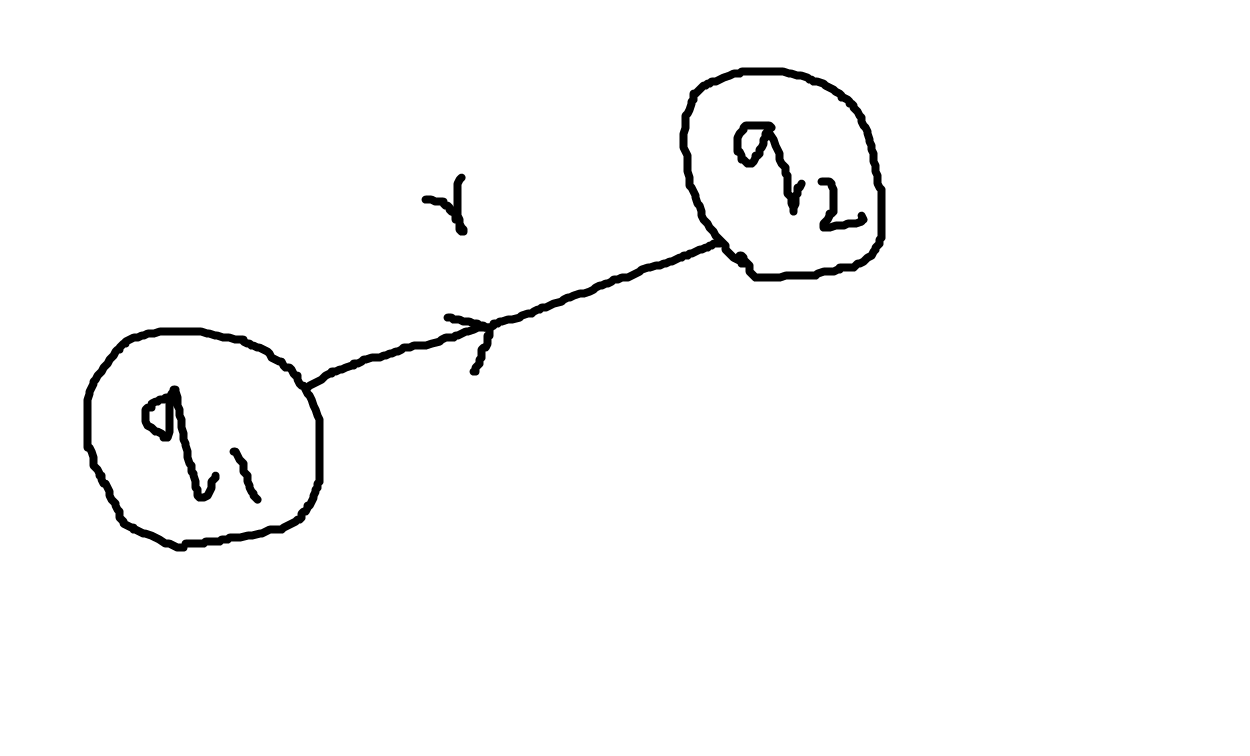 |
| Coulomb force between two charges |
Coulomb's law is like Newton's force, but it is about
electric particles that are invisible to our eyes. The force between two point
electric particles that are stationary in a vacuum is called Coulomb's force.
According to Coulomb's law, if we want to know the force that
can exist between two electric particles, it is the value obtained by the product
of the magnitude of the two-point charges inversely proportional to the square of the distance between the two-point charges.
He would have said that the magnitude of the force between
those two electric charges is this formula.
F = k q1 q2 /r2
This will not be confusing for everyone, but in Coulomb's
law, he would have mentioned a constant value called K. He would have given
some numbers for the value of this constant, i.e. he would have given a value
of 9x109 N m2 C-2.
He would have said that this constant value was created using
this formula.
K = 1/4πԐ0
He would have
conducted this entire study using a torsion balance. In his experiment, he
would have conducted this study by considering the two charged spheres on which
this torsion balance was placed as point electric particles and came to his
conclusion.
In this study,
Coulomb's law applies only to point electric particles, so it is only a
concept. Only if the size of the electric particles is small compared to the
distance between them, the force between them can be found using Coulomb's law.
Coulomb conducted this study by considering the two charged
spheres on which this torsion balance was placed as point electric particles in
his experiment. The distance between the two spheres is much greater than the
radii of the two spheres.
That is, the area formula of spheres is 1/4πr2
It means that the distance between two particles is squared and
the inverse of the distance between them is given. So, taking these as the
inverse of them, he would have created this constant by taking the product of
the particles and the formula for the area of their sphere by squaring its
distance and the inverse of it, and the remaining formula would be the constant
of the vacuum, Ԑ0.
